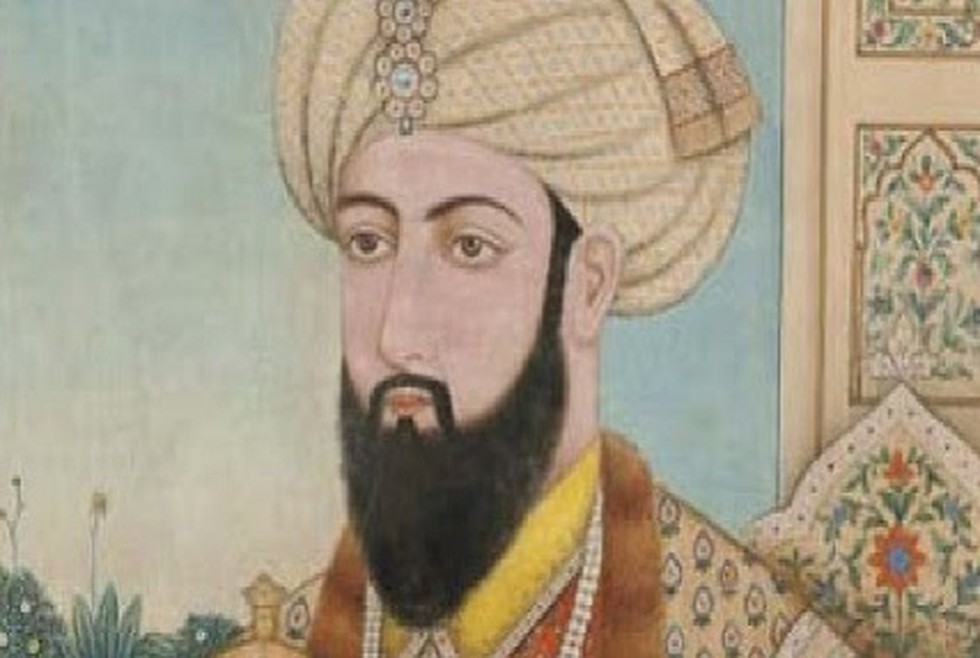Muhammad Bin Tughlaq’s Wazir Khwaja Jahan placed a boy on the throne in the capital by claiming him the son of Muhammad Bin Tughlaq. He distributed money from the state treasury to strengthen the support base. Historian Barani also supported the claim of the boy.
Firoz Shah Tughlaq marched on the capital with the royal army. Conspirators are captured & Barani was put in jail. He wrote his book in jail probably to win the appreciation of the Sultan. Barani released after a few years. Firoz Shah Tughlaq succeeded in wiping out conspirators & ruled for 37 long years.
Challenges faced by Firoz Shah Tughlaq
When Firoz Shah Tughlaq set on the throne, the Sultanate was facing internal & external challenges because the failure of the grand project experiments of Mohammad Bin Tughlaq had resulted in serious crises everywhere. Every section of the population was seeking discontent & the number of territories of states declared independence.
Sultan Firoz Shah Tughlaq didn’t have the qualities of a military commander. He was a man of a religious mindset. He had never participated actively in politico-administration matters. Firoz Shah Tughlaq organized only 3 military campaigns & all these campaigns ended in measurable failure. During this campaign, the royal army lost in the desert. There was no information about Sultan & army for 6 months. It was quite a response of Wazir Khan-i-Jahan Telgani that saved the Sultan & his army. After the failure of these campaigns, Firoz Shah Tughlaq realized his limitation & he didn’t try to reconquer the areas that declared Independence. In this way, his external policy was a failure.
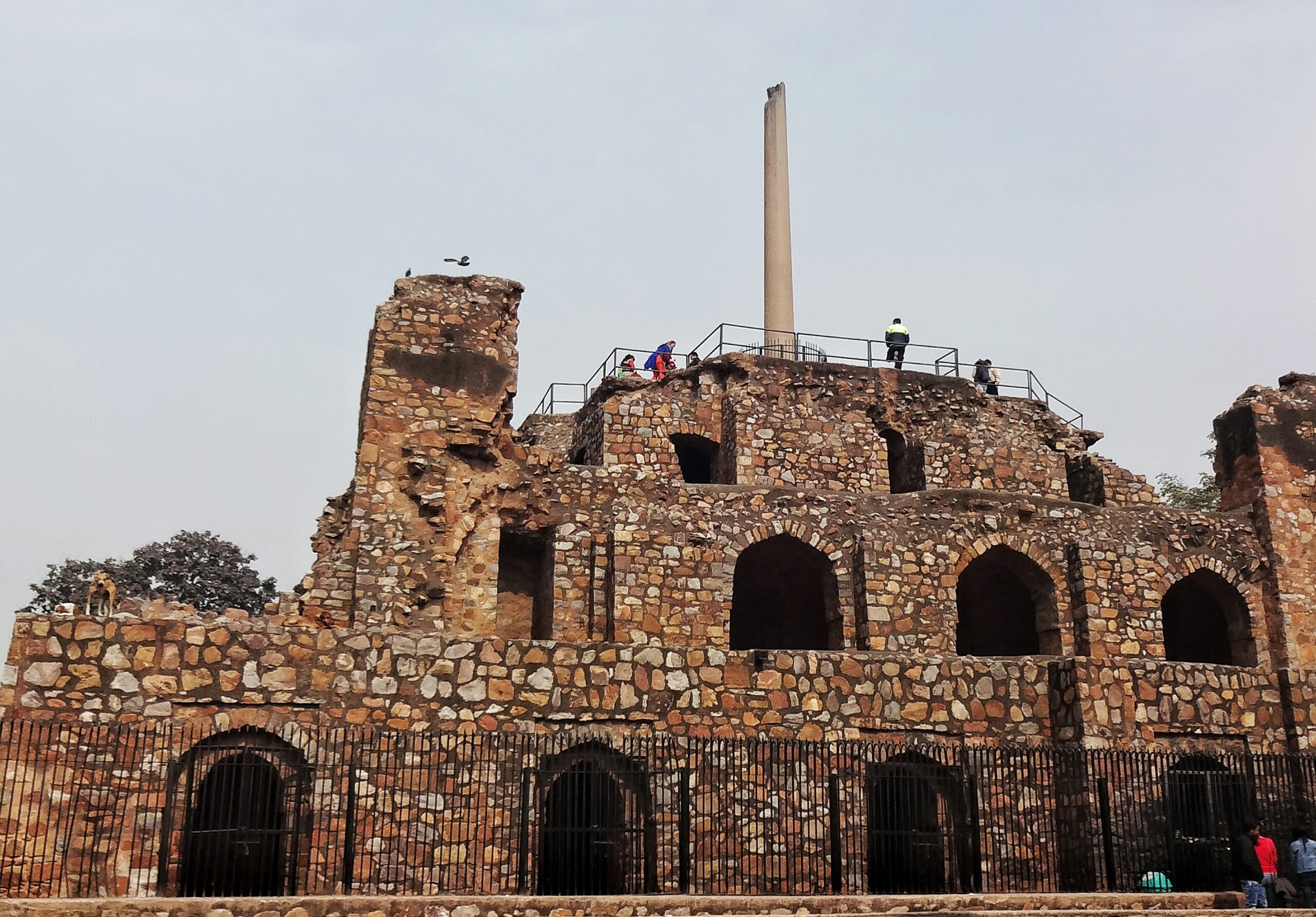
Domestic Challenges
When Sultan Firoz Shah Tughlaq set on the throne, there was discontent, instability & crisis throughout Sultanate. Every section of the population had suffered during the reign of Muhammad Bin Tughlaq in one way or another. Nobility was treated just like an ordinary servant by Muhammad Bin Tughlaq their prestige & influence had disappeared.
Soldiers were tired of the continuous military campaigns organized by Muhammad Bin Tughlaq. 4/5th of war booty was collected as Khums during his reign. The people of Delhi had suffered quite badly due to the capital transfer project. The peasantry was badly destroyed by his taxation increased experiments. The Ulemas were the unhappy cause of the secular outlook of Muhammad Bin Tughlaq. The Ulemas were lost their political influence.
Sultan Firoz Shah Tughlaq didn’t have the qualities of a capable administrator. The challenges prevailing in Sultanate required a king of exceptional abilities to counter them successfully. But Firoz Shah Tughlaq didn’t have any prior exceptional confronting such challenges so instead of facing the challenges head-on he resorted policy of appeasement.
The Ulemas were appeased by adopting an orthodox religious policy. He initiated revenue reforms & judicial reforms to appease peasants & other sections of the population. To appease the population of Delhi, various welfare schemes, major initiated. To appease the soldiers, military campaigns have abounded. To appease Nobel their privileges were restored & the Iqta system had declared hereditary.
Revenue Reforms
To reduce the burden of taxes being paid by the population, Sultan Firoz Shah Tughlaq abolished 21 miscellaneous asses (abwabs). Only 5 taxes sanctioned by Shariyat were left out (Jaziya, Jakat, Kharach land revenue paid by non-Muslim). Ushra was a land Revenue paid by Muslims. Khums was the state’s share in war booty. Jizya or Zaziya was a religious tax collected from Hindus. Jakat was a religious tax collected by Muslims.
Sultan ordered a revenue survey to assess the amount of revenue income of a state. This survey was carried out by Khawaja Hisamuddin. He traveled across Sultanate for 6 years & estimated that the total revenue income of the state was 6 cr 75 lac Tanka. This income was fixing in perpetuity, so peasant does not have to bear wear extra burden.
Differs were ordered not to show harshness to peasants & Iqtadar while collecting revenue. Sultan stopped the practice of receiving gifts, ceremonies gifts from Iqtadars (Peshkash) because he knew that burden of these gifts was fallen ultimate on peasants only. For the benefits of soldiers, the rates of Khums were reduced to 1/5 of war booty.
Judicial Reforms
The judicial legal system was harsh & cruel when Firoz Shah Tughlaq set on the throne. Trial of accused through fire & water ordeals was common. Amputations of limbs & capital punishment are also common. For benefit of the common people, Firoz Shah Tughlaq abolished the torture, abuse & criminal Amputation of limbs as punishments were stopped and the penal code was made mild by him.
Welfare Measures
For the benefit of his Muslim subject, Firoz Shah Tughlaq initiated several welfare measures. Diwan-i-Khairat (department of Charity) was established for benefit of the poor. This department used to provide financial help to poor Muslim parents for the marriage of a daughter.
Diwan-i-Ishtiaq (pension) to provide financial assistant to those people who were suffered during the reign of Mohammad Bin Tughlaq. According to Akbar Afif (Shams-i-Siraf Afif), the author of Tarik-i-Firozshahi 4200 men received assistance from this department. Diwan-i-Bandagan (department of slaves) was established to look after the slaves of the Sultan. This department maintains 118000 slaves.
Free hospitals known as Darul-ul-Shafan were established competent physicians were appointed free medicine were also distributed. Free kitchens were established to provide food for the poor & needy.
For the benefits of travelers & to ensure their safety Sultan ordered that when any travelers died during the journey, his body must be examined by Qazi of the area in presence of respected Muslims. Only after asserting that death was caused by natural factors, the body was to be buried. Belonging of death traveler was to be sent to his next of kingdom & if no such person could be traced, the belonging was deposited to state.
Agrarian Reforms of Sultan Firoz Shah Tughlaq
For the benefits of peasants, Firoz Shah Tughlaq waived the Sondhar loan giving by the state during the reign of Muhammad Bin Tughlaq. According to Afif, an amount of 2 cr maal (name of currency) was written off. The cultivation of superior crops was increased. Five canals were dug for the development of irrigation facilities.
An irrigation tax known as Haqq-i-Sharab was collected from those peasants who used water from these canals. The rate of this tax was 10% of the produce. Pilot farms (expansion farms on small scale) were established where new agricultural technology was tested new seeds were developed.
Once these seeds & technology were found to be successful then they were passed to an ordinary peasant. 1200 gardens were planted in the vicinity of Delhi. An income of 180000 Tanka was received from these gardens. According to Barani, these expeditions were highly successful. The production of food grains increased emulously. Prices of fruits had fallen to such that even common people can afford them. Nobody was hungry in the reign of Firoz Shah Tughlaq & stocks (godown) are full.
Public Works/Construction Activities
Firoz Shah Tughlaq was a great builder. He took interest in construction activities at several monuments that were built during his region. Four mosques, four hospitals, 5 canals, 5 reservoirs, 30 palaces, 100 tombs, 100 pillars, 100 bridges, 150 wells & 200 Sarai (in public rest house) were built in his region.

The number of new cities was laid out viz Jaunpur (Mohammad Bin Tughlaq), Firozabad, Fatehabad, Firozpur, Hisar, Firoza. Not only new monuments were building Firoz Shah Tughlaq, at the same time he repairs monuments of previous rulers. Hauz-i-Shamsi (pond of Iltutamish) & Hauz-i-Alai (pond of Ala-ud-din-Khalji) were repaired. The top story of Qutub Minar got damaged due to lightning it was replaced by 2 new stories as a result of which the height of Qutub Minar increased to 234 feet from the original 225 feet.
Two pillars of Ashoka were brought to Delhi. The pillar brought from Meerut was installed in his hunting palace at Wazirabad. The pillar brought from to para (near Ambala) was installed at top of his palace in Firoz Shah Kotla. Clock tower known as Tash-i-Ghaidyat was built the person used to stand on top of the tower to announce time periodically.
Astrological charts known as Utsurlab were built to calculate the precise location of astronomical bodies, so that beginning & end of seasons could be contained for an accurately helped peasant. Appliances increased producing quite significantly. Numbers of schools were established for the promotion of learning.
Religious Policy
The religious policy of Firoz Shah Tughlaq was orthodox. He accorded to high status to Ulemas not a single important decision was made by him without consulting Ulemas. Islam was promoted by using the force of strength & by giving temptation. The converts were appointed understates. They were giving Jagirs.
He was the only the Sultan of Delhi to impose Jazia on Brahmins. A Brahmin burnt alive at the order of Sultan just he said that both Hindusim & Islam had elements of truth. Hindu temples were demolished during his reign. He suppressed the heretic element with Islam. Shariyat was followed by him. Shariyat was followed by him 21 non-sharia taxes were abolished.
The orthodox measures of Firoz Shah Tughlaq were largely influenced by political & military needs & personal background. He was the son of a Hindu mother, because of this orthodox element used to doubt his religious credential. To convince everybody that he was a true Muslim, orthodox measures were adopted by him. Firoz Shah Tughlaq lacked the qualities of a successful military commander & efficient administration. He needed support from Ulemas, Muslim Nobel & his other co-religionist. That is why he adopted a religious policy.
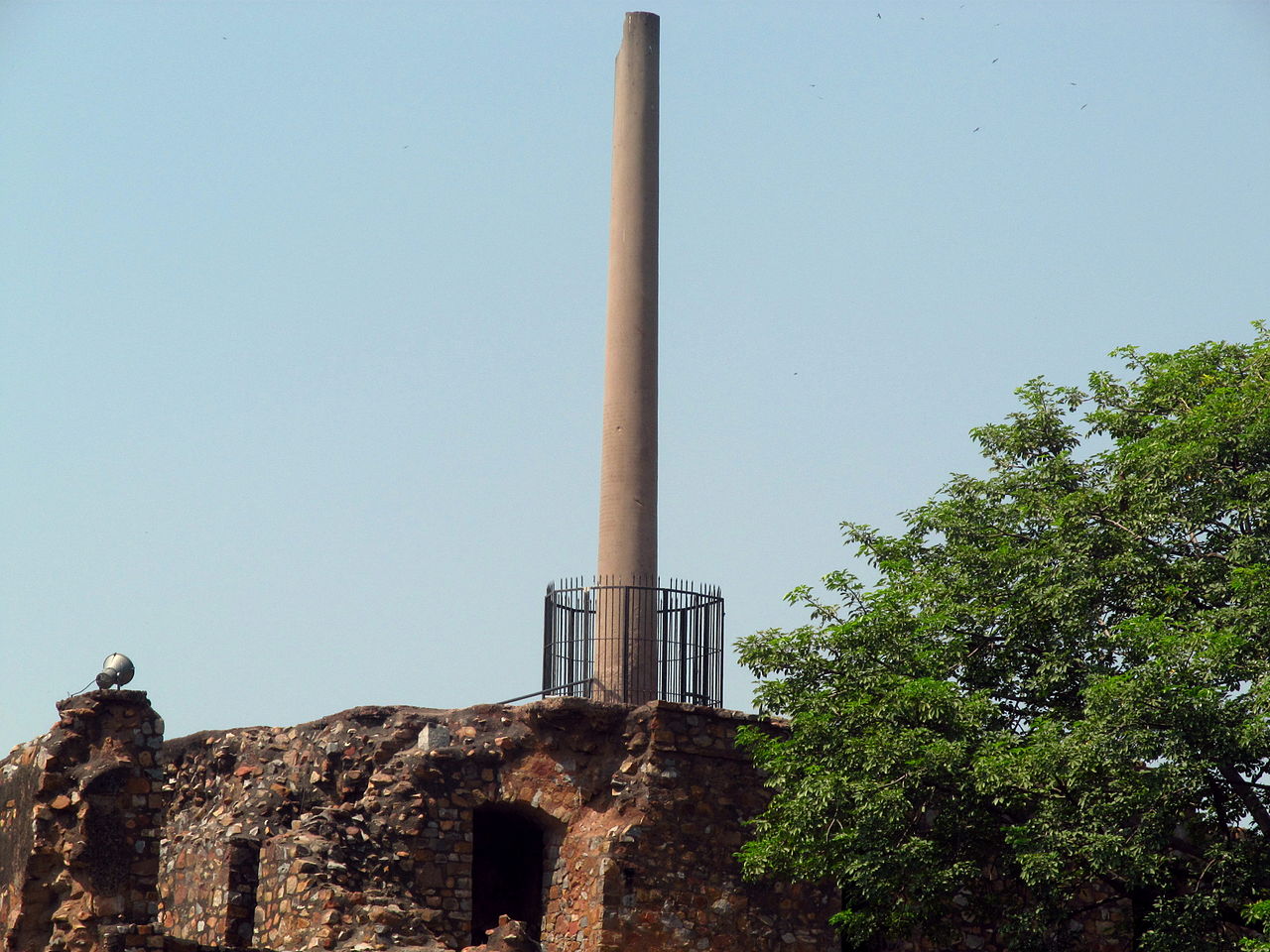
Firoz Shah Tughlaq, not a religious bigot because he bowed his head at Jwalamukhi temple (Kangra – HP) & this temple was not demolished. Ashokan pillars were worshiped by local people these objects of worship brought Delhi & restored. Firoz Shah Tughlaq was successful but he can’t be termed as a great ruler because he committed several mistakes during his reign. These mistakes weakened the foundation of the Delhi Sultanate. Immediately after his death, Sultanate goes pushed into a crisis.
Sultan Firoz Shah Tughlaq re-introduced the Jagirdari system. During the reign of Mohammad Bin Tughlaq, soldiers were paid cash. It was necessary to move to ensure the strength & effectiveness of the army. Professionalism required the regular payment of salary. The re-introduction of the Jagirdari system affected the effectiveness of the army.
The practice of inspecting troops regularly was not followed. On one occasion Sultan Firoz Shah Tughlaq gave a silver coin to his soldier to get his horse passed during an inspection. Such acts of supporting corruption degraded the entire political-military mechanism. The Iqta system was mandatory by him to appease Nobel. As a result, the centrifugal forces become powerful & the central authority lost its effectiveness.
The positions in the military would also be made hereditary by him affected the strength & effectiveness of the military force of Delhi Sultanate. The orthodox religious policies of Firoz Shah Tughlaq seriously affected the social base of Delhi Sultanate because the majority of the population got excluded. It targeted only Muslims.
Firoz Shah Tughlaq spends a huge amount on public works & welfare measures. This accessory spending adversely affected the wealth of the Delhi Sultanate. Firoz Shah Tughlaq maintained a large army of slaves. The department of slaves (Diwan-i-Bandigan) maintains 118000 slaves. These slaves created serious disorders after the death of Firoz Shah Tughlaq. These limitations of policies & works of Firoz Shah Tughlaq clearly indicated that he was not a great ruler though he was successful.
Decline of Tughlaq
Tughlaq ruled for the longest period in the history of Delhi Sultanate under the capital leadership of early Tughlaq rulers, the power & prestige of the Delhi Sultanate reached its climax but very soon Sultanate entered a phase of decline. This process destroyed the Tughlaq dynasty & resulted in the emergence of Saiyyad at the throne of Delhi.
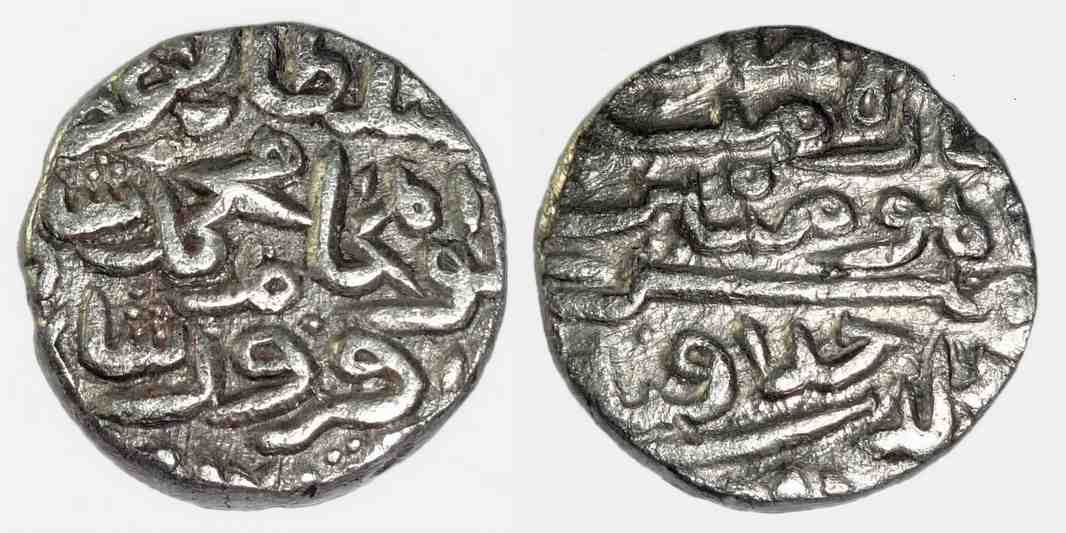
There were various factors responsible for the decline of the Tughlaq dynasty. This process of declination was quite long well drawn out. It commenced during the reign of Mohammad Bin Tughlaq in around c.1335 CE & got completed in c.1414 CE when Khizr Khan Saiyyad established his rule over Delhi.
Failures of Mohammad Bin Tughlaq
When Mohammad Bin Tughlaq set on the throne, the Sultanate was extremely strong & effective. The failure of his project and bad decisions gave a serious blow to the strength of the Sultanate & when he died there was disorder everywhere. In this way, Mohammad Bin Tughlaq was responsible for the initial process of the disintegration of the Tughlaq dynasty.
Failures of Firoz Shah Tughlaq
Firoz Shah Tughlaq inherited the empire facing serious challenges. The Sultanate requires a king of exceptional ability to reverse this process of decline but Firoz Shah Tughlaq was neither an efficient administrator nor a successful military commander. He responded to prevailing challenges with the policy of a peasant.
This approach based on appeasement could haunt the process of decline for time being but the inner strength of the Sultanate continued to degenerate gradually. These forces of degeneration were active beneath the carpet in the reign of Firoz Shah Tughlaq & immediately after his death these forces became visible on the surface. As a result of this process of decline, the Tughlaq dynasty recommences with great momentum after the death of Firoz Shah Tughlaq.
Weak Successors
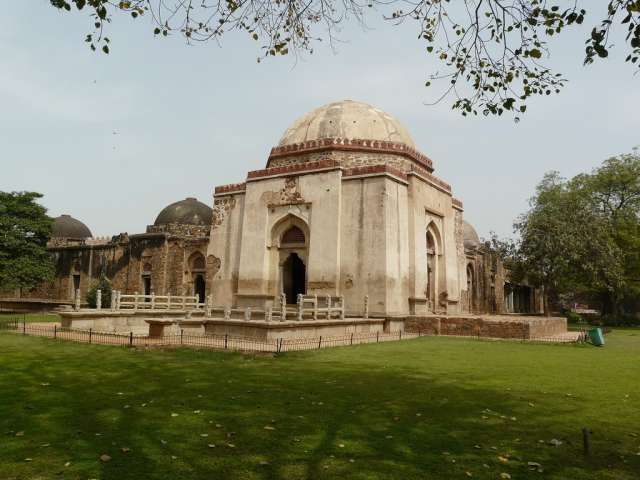
The death of Firoz Shah Tughlaq was followed by several weak rulers on the throne of Delhi. Within a span (c.1388-1394 CE) of 6 years, 5 rulers set on the throne. None of them capable enough to guide the Sultanate out of the prevailing crisis. If there been a strong & worthy successor of Sultan Firoz Shah Tughlaq, this process of degeneration could have been reversed.
Role of Foreign Invaders
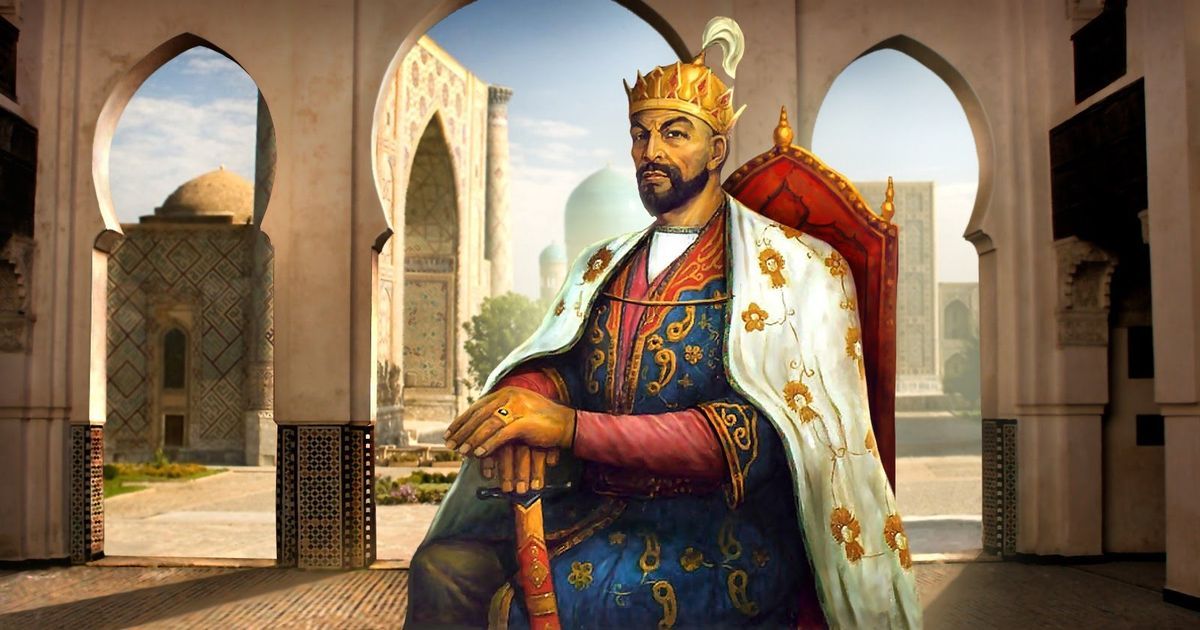
The invasion of Taimur in c.1398 CE gave a death blow to Tughlaq. These Mongol invaders capture Delhi & Sultan Nassddin Mohammad Tughlaq Saved his life by fleeing the capital. This Sultan could not give to enter the capital in 6 years.
This invasion exposed the hollowness of the political-military system of the Delhi Sultanate. The prestige of the Tughlaq dynasty got shattered beyond put of recovery. The downfall of the Tughlaq dynasty & replacement by a new one was a mere formality.

